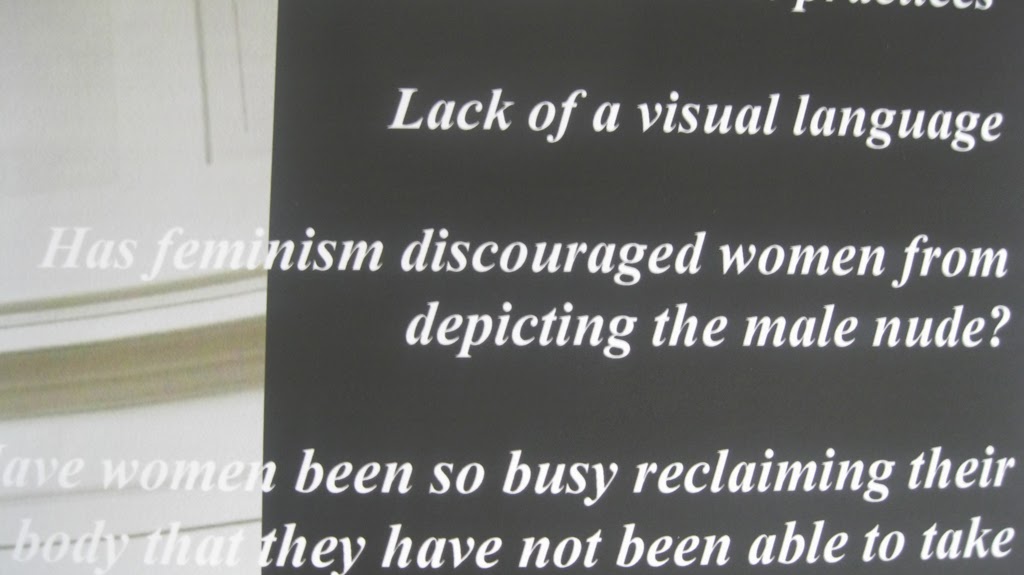Version 1 (in case it needs re-submitting):
Sunday, March 30, 2014
Saturday, March 22, 2014
Thursday, March 20, 2014
Task 13 : Good and bad type
 |
| Bad type because it doesn't match the colors and design as well as it does the traditional Mother cans |
 |
| Bad type because it's plain and uninteresting |
 |
| Bad type because it's not really creative |
.JPG) |
| Bad type because it's an unoriginal copy of a good type (Yugioh, Beyblade etc) with stylised Asian-looking symbols behind it (something that's been done before) |
 | |
| Bad type because it's not legible or easy to read despite how big it is |
.JPG) |
| Good type for the context being used, fits the mood and message pretty well |
.JPG) |
| Good type because it's bold and easy to read, but extremely basic and boring (and the context is written by someone with no sense of humor) |
 |
| Good type because... |
 | |
| Good type because...... |
 | ||
| Good type because.... |
I can't think of much to say about the last three, I think they can be summed up together as being perfectly legible and stylized, but nothing special or too spectacular.
Monday, March 17, 2014
Task 11 : Typeface Panel
 | ||||||
| Normally used for Internet memes and messages, things that need to be read from a distance and have highly emotive content in a small space. |
Designed by Geoffrey Lee in 1965 and released by the Stevenson Blake Foundry. It now comes with Microsoft Windows by default and is one of the most commonly used fonts for software, websites etc.
Thursday, March 13, 2014
Design | Learning Task 5 : Identifying Negative Space (What I've got so far)
Design | Learning Task 9: Gutenberg Diagram
Design | Learning Task 8 : Grid Layout
Find two magazine layouts that appear to use a grid system. Ensure you have permission to write all over them.
Take a photo before you cover it with ink. Then with a felt-tip marker, indicate on it where you think the grid is. Use equal -width columns.
Hint: if an item seems to go over more than one grid column that doesn't mean the grid stops, just draw over it.
Now find two examples from any source (but not magazines) that adhere to a equal-width-column grid. Car signage, clothing, architecture; it's your choice.
Now find two new layouts (from any source) that don't appear to follow a grid.
Explain why you think they don't use a grid.
Hint: Raygun Magazine or most designs by David Carson.
Can you see ANY design principles in the examples you chose?
This one I don't think follows a grid because the text is pretty minimal, there's more of a horizontal grid structure to it than a vertical one, but it's very loose and not exact, mainly it divides the titles and their faces.
This one I don't think follows a grid system, as the shapes and placement of the text over the pictures is in a varied way with lots of shapes and overlapping. It kind of adheres to the Gutenberg Diagram from the next task, your eye is drawn from the top left and then downwards in a diagonal way so that you see the pictures in story order.
Take a photo before you cover it with ink. Then with a felt-tip marker, indicate on it where you think the grid is. Use equal -width columns.
Hint: if an item seems to go over more than one grid column that doesn't mean the grid stops, just draw over it.
Now find two examples from any source (but not magazines) that adhere to a equal-width-column grid. Car signage, clothing, architecture; it's your choice.
Note: When
drawing the grid use equal width columns. By doing this it makes the
grid usable across pages. Recall that repetition (consistency) is one of
the design principles.
Now find two new layouts (from any source) that don't appear to follow a grid.
Explain why you think they don't use a grid.
Hint: Raygun Magazine or most designs by David Carson.
Can you see ANY design principles in the examples you chose?
This one I don't think follows a grid because the text is pretty minimal, there's more of a horizontal grid structure to it than a vertical one, but it's very loose and not exact, mainly it divides the titles and their faces.
This one I don't think follows a grid system, as the shapes and placement of the text over the pictures is in a varied way with lots of shapes and overlapping. It kind of adheres to the Gutenberg Diagram from the next task, your eye is drawn from the top left and then downwards in a diagonal way so that you see the pictures in story order.
Sunday, March 9, 2014
Design | Learning Task 6 : Whitespace
I need to wait for help with lession 5, but in the meantime here's then ext one to catch up with everyone else.
Billboard:
Broadcast:
Publish ing:
Billboard:
Broadcast:
Publish ing:
Everywhere except the writing and pictures
Advertising:
In + around the word Kodak
Web:
Wednesday, March 5, 2014
Tuesday, March 4, 2014
Subscribe to:
Comments (Atom)
































